The content of the article
Swelling of the legs is a fairly common phenomenon. This is an increase in tissue volume due to the accumulation of fluid in the intercellular space. Edema can be localized in any part of the body, but most often it forms on the legs - lower leg and ankle. This is due to the maximum load on the legs and the lowest position of the feet relative to the rest of the body. Swelling of the legs always indicates a malfunction in the body. Often this can be a sign of temporary discomfort - malnutrition, pregnancy, etc. But if edema appears regularly and does not depend on the impact of the external environment, you should definitely consult a doctor. Puffiness is probably a symptom of a more serious illness.
How are swelling of the legs
As a rule, swelling of the legs is noticeable purely visually. First, it will be the traces of the gum of socks on the lower leg. Then the patient may feel a sense of constriction and discomfort in the usual shoes. If a woman wears sandals, she will definitely notice the marks from the straps, which seem to have fallen into loose and soft tissue. Swelling increases in the evening, after hard physical work, or, conversely, after a long stay in a motionless form. Swelling of the legs has recently become an office disease, because people are forced to sit at the computer in the same position throughout the working day. Swelling also intensifies after exposure to the sun. If you notice swelling of the limbs, you need to track the symptom for several days. With physiological changes, swelling will pass in a few days. If your condition does not change, you need to find out the cause of the resulting edema as soon as possible.
Why legs swell
Swelling of the legs can be different, ranging from moderate tissue changes, ending with serious pathologies, when the skin stretched from edema begins to literally burst. Leg swelling can be caused by minor changes in lifestyle or a serious diagnosis. Let's talk about the causes of swelling of the legs in more detail, let's start with the physiological reasons that are not related to the disruption of the organs and systems of the body.
- Salt. If you ate a few pickles the night before, ate a salty herring, then swelling is rather difficult to avoid. As you know, salt attracts water in large quantities. Salty foods lead to swelling of the legs and arms, puffiness, and bags under the eyes. As a rule, edema in this case manifests itself in the morning.
- Alcohol. Alcohol, like salt, attracts and retains fluid in the body. That is why the day after the "party" the person's face and limbs look swollen.
- Heat. Remember that in the summer, swelling of the legs increases. This is due to the expansion of blood vessels, when the body tries to normalize heat metabolism and not overheat.
- Sedentary and standing work. The constant presence of the legs in the same position reduces the intensity of blood circulation. As a result, blood circulates through the body very slowly and for a long time, and the lower extremities completely stagnate. This leads to swelling of the leg. As noted, the legs swell in office workers who are forced to constantly work in a sitting position. Especially often the legs swell in those who like to sit cross-legged. However, the legs also swell in “standing” professions, because the load on the foot in this case is constant and continuous. Legs swell at hairdressers, sellers, cooks, etc.
- Pregnancy. Edema very often accompanies pregnancy. There are several reasons for this. Firstly, it is the hormonal restructuring of the body. During pregnancy, a huge amount of progesterone is produced, which reduces the muscular muscles of the uterus and reduces vascular tone. The second reason for leg swelling during pregnancy is the squeezing of large arteries and veins by a growing fetus. That is why edema most often occurs later in pregnancy. Another cause of puffiness during gestation is late gestosis of pregnant women. The development of the diagnosis is fraught with pro-eclampsia - a pathological change in the functioning of blood vessels. This condition is very dangerous for both a woman and her child.
- ICP. Many women notice that before the menstrual cycle begins, their weight slightly increases. This is due to the production of hormones that begin to retain fluid in the body. Before menstruation, swelling of the legs appears.
- Footwear. Another reason for swelling of the legs is the wearing of incorrect and uncomfortable shoes. High heels, a too narrow arch, and pulling straps can lead to compression and squeezing of important arteries and veins. This leads to stagnant processes and swelling of the legs.
As a rule, physiological edema is symmetrical and soft. Both legs and feet swell equally. If you press on the soft swollen tissues and remove your finger, then a trace will remain at the place of pressure. As a rule, after some time after rest, such swelling of the legs goes away. If they do not pass, then they are most likely associated with pathological changes in the body and indicate a medical diagnosis.
- A heart. If the heart does not work fully, it is not able to pump a huge amount of blood in the body efficiently and in a timely manner. This leads to stagnant processes in the veins and arteries on the legs. Cardiac edema is symmetrical, especially manifested in the morning.
- The kidneys. The direct function of the kidneys is the removal of excess fluid from the body. If the kidneys do not cope with this function, various renal pathologies occur, accompanied by swelling of the limbs and the whole body. A characteristic difference between renal edema and cardiac edema is that with kidney diseases, not only the legs swell, but also the face, the skin becomes pale.
- Varicose veins, thrombophlebitis. With vein diseases, leg swelling is asymmetric, as a rule, swelling is more pronounced on one leg. The tissues are quite elastic and hard, the swelling intensifies after a standing position and weakens after raising the legs above body level. Together with swelling, the patient feels pain in the legs, burning, heaviness, the skin may turn red.
- Diseases of the lymphatic system. Various diseases of the lymphatic system (including erysipelas) are accompanied by dense and persistent edema, which is difficult to get rid of. Such a violation is characterized by edema of the back of the foot - that is, a peculiar pillow forms from above.
- Damage to joints, bones, ligaments. Various injuries, sprains, bruises and fractures of bones, joints and ligaments necessarily lead to edema. As a rule, in this case, edema is located only on the affected leg, accompanied by pain when walking.
These are the main diagnoses, a symptom of which may be swelling of the legs. But is it always worth going to the doctor with these symptoms?
When to see a doctor
If you notice a slight swelling in the legs after drinking beer with salted nuts in the evening, the reason for this swelling is obvious. In this case, the edema will pass away after a while, you should not even worry about it. If swelling does not go longer than a week or only increases each time, you must definitely go to the doctor’s office. As a rule, first it will be a therapist who can refer you to narrower specialists - a cardiologist, phlebologist, traumatologist, nephrologist, etc. depending on the cause of swelling.
You should immediately consult a doctor if swelling is accompanied by redness and stretching of the skin, the appearance of ulcers or dark patches on the epidermis. Of particular concern is the presence of pastiness. This means you need to press on the soft tissue and see if there are any traces. If so, then a visit to the doctor should not be postponed. If the swelling formed on one leg or rose above the knee, this also indicates the need for urgent professional help.
Drug treatment of leg edema
As noted, swelling is only a symptom. Getting rid of puffiness depends on the underlying disease and is aimed at its treatment. Here are a few medication groups of drugs that can be useful for leg swelling.
- Diuretic drugs. They will help to remove excess fluid from the body, which is "stuck" in the intercellular space. Such therapy is effective for cardiological and renal edema. Among the most effective are Furosemide, Trifas, Lasix, Uregit, etc.
- Potassium. The drug is prescribed for cardiological disorders. Potassium is needed to restore deficiency after leaching with diuretics. Among such funds, Asparkam and Panangin can be distinguished. In general, potassium preparations are very beneficial for the functioning of the heart muscle. However, they are contraindicated in renal failure.
- Cardioprotectors. They do not directly affect puffiness, but they perfectly improve the work of the heart so that it better pumps blood in the veins and arteries. The group of cardioprotective drugs is very large, a specific remedy is selected depending on the individual characteristics of the patient.
- Phlebotonics are needed for diseases of the veins. They strengthen the walls of blood vessels, improve blood circulation. Among such funds are Troxevasin, Detralex, Normoven, etc.
- Blood thinners. They are also necessary for the complex treatment of veins and cardiac pathologies. If the blood is viscous, it is more difficult to pump through the arteries and veins. But the more fluid consistency moves along the arteries much easier. Among such drugs, Aspekard, Cardiomagnyl, Lospirin, etc. can be distinguished.
- Local ointments and gels. Local exposure is effective for varicose veins and even with simple overstrain. Such drugs increase blood circulation, the severity of edema subsides in just a few minutes. Among such funds, Troxevasin, Heparin ointment, Lyoton, Venarus, etc. With erysipelas, local antibacterial therapy is used - Levomekol is applied to the skin.
This is just an example of groups of drugs that can help you get rid of edema. Remember that only a doctor can diagnose and prescribe medication.
How to get rid of swelling of the legs
Here are some tips and tricks to help you get rid of swelling in your legs.
- If you work in a standing or sitting position, you need to change your position every hour. If you are sitting at a computer, take breaks, walk around the room, go up and down the stairs, take walks at lunch. This will help you disperse stagnant blood. If you, on the contrary, are on your feet for a day, you must always look for time to relax, sit at least 5 minutes every hour. Only in this way you can reduce the load on the precious legs.
- If swelling in the legs occurs, regularly raise your legs above the level of the body, at least for 10-15 minutes. That is, you need to lie on the bed, and put a pillow under your feet. So you increase the outflow of blood from the lower extremities.
- Be sure to do gymnastics, especially with sedentary and standing work. It can be performed even while sitting on a chair - twist your socks in one and the other direction, make movements up, down, left and right, squeeze and unclench your toes.
- Very effective massage.During pregnancy and in other cases of edema, massage should be done twice a day. This will help normalize blood circulation in the lower extremities, disperse blood. You can massage with local gels and ointments to enhance the effect of the procedure.
- Be sure to wear compression stockings, tights and knee-highs. They gently squeeze the legs below the knee and do not allow blood and fluid to stagnate in the soft tissues of the designated areas.
- To make the vessels more elastic, you can make contrast baths. Set two cups in front of you - with cold and hot water. Dip your feet in the baths one at a time.
- Eliminate salted, smoked and pickled foods from the diet, give up alcohol and nicotine, try not to drink at night. But in the heat, try to drink more to sweat and stabilize heat transfer. In general, if edema is not related to temperature indicators, the amount of fluid consumed should be reduced so as not to provoke even greater swelling.
- Choose your shoes carefully - it should be convenient and comfortable, the heel should not exceed 4 cm, the straps and straps should not compress the foot. It is best to choose shoes in the evening, since the foot at this time of day is the largest.
These simple tips and tricks will help you get rid of physiological edema, without the use of medications. However, swelling of the legs can be defeated with the help of home remedies.
Folk recipes against swelling of the legs
Here are some effective and popular recipes that will help you get rid of swelling of the legs.
- Mint broth. Prepare the decoction at the rate of - one tablespoon of the dried plant per liter of boiling water. Drink a liter of decoction during the day, the next morning, swelling will become much less pronounced.
- Lemon, cucumber and carrots. To get rid of edema, we will prepare a diuretic cocktail. Squeeze juice from cucumber, lemon and carrots - about half a glass each. Mix the ingredients and dilute the juice in half with water. Drink the composition in small portions throughout the day.
- Corn silk. A decoction of them is very useful, especially with kidney pathologies. The rye of corn stigmas should be poured with a liter of boiling water and insisted in a thermos for at least a day. Drink half a glass 2-3 times a day half an hour before meals.
- Leaves of birch. Birch leaves also perfectly eliminate excess fluid in the body. A handful of dried or fresh leaves should be poured with boiling water and insisted in a warm place for about three hours. Drink 200 ml in the morning and evening.
- Parsley. This plant fights well with swelling of the legs. Parsley should be actively eaten, cook decoctions based on it, make local compresses.
- Hawthorn. This decoction will help you get rid of edema, if they arise due to heart problems. Dry fruits and leaves of hawthorn need to be poured with boiling water and infused for 5-6 hours. The output should be a strong decoction, which should be taken in half a glass three times a day.
- Raw potatoes. Compresses based on it are effective against swelling of the legs. Grate the potatoes, place the pulp on the swollen tissue, cover with a film and leave for 20-30 minutes. Then remove the compress, rub your feet with a dry towel, but do not wash! After a while, the swelling will subside.
- Pumpkin. Eat pumpkin as much as possible to get rid of kidney and heart disease. Pure pumpkin juice is very useful.
Perhaps not all recipes are suitable for you, each organism is individual and sensitive to certain therapeutic components. Try folk remedies, change and alternate between them to find something that will help you.
Swelling of the legs is a serious pathology that should not be neglected. Timely identified causes of edema can save you from a heart attack and stroke, kidney failure, blood clots. One of the most serious complications of edema is a violation of the integrity of the skin, the appearance of ulcers and open wounds, up to gangrene and amputation of the leg.If you are tormented by swelling that is not related to nutrition and lifestyle, be sure to see a doctor. Timely detected disease is the key to a quick and effective recovery!
Video: what to do if legs swell

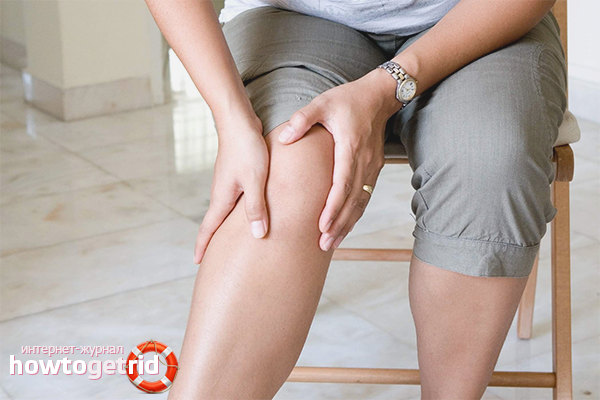
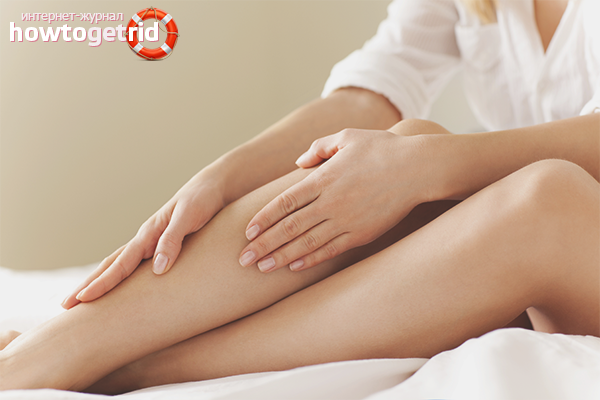
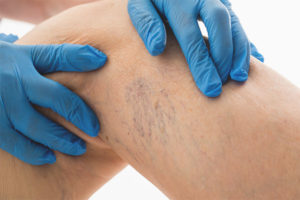
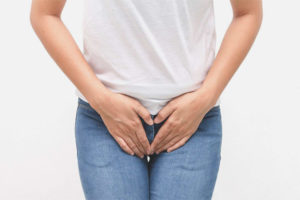
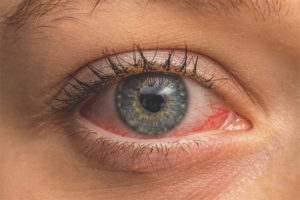

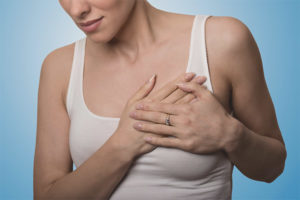
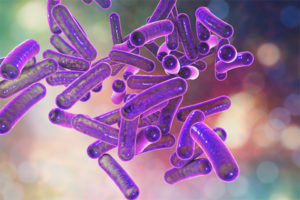
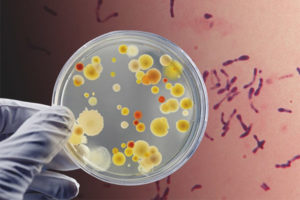

Submit